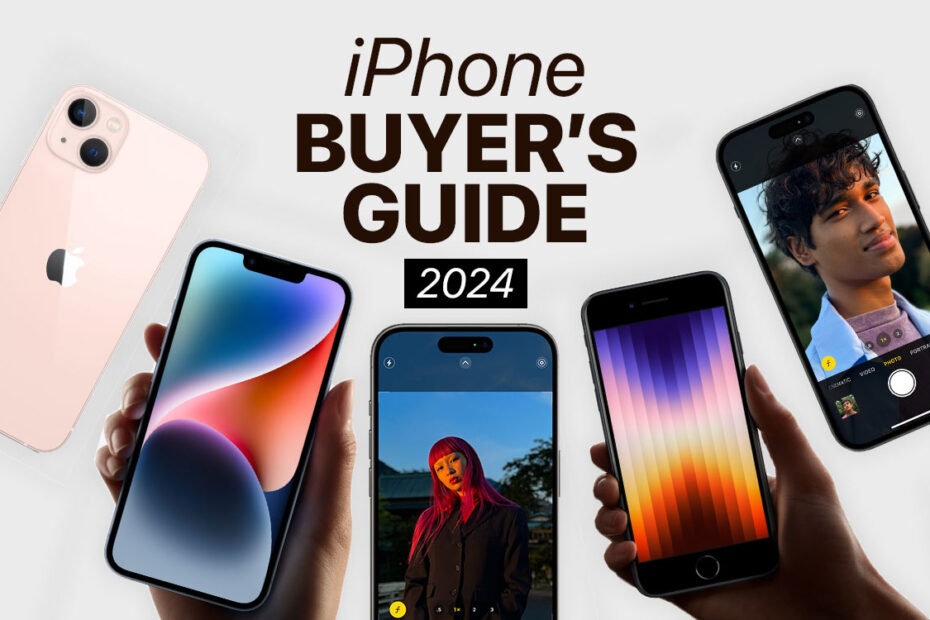Should you go Pro, Max, Plus or SE? And 15, 14 or 13? Choices, choices!
In the beginning, there was just iPhone – Apple’s revolutionary mobile phone, widescreen iPod with touch controls, and breakthrough internet communications device. Now, there are so many iPhones available to buy, it makes your head swim.
This guide aims to help you decide which is the right iPhone for you, with a no-nonsense rundown of each model’s standout features – for good or ill.
iPhone 15 Pro/15 Pro Max
From $999/£999 • 6.1in/6.7in display • A17 Pro • 128/256/512GB or 1TB • Face ID • USB-C (USB 3 speeds) • three-camera system
Best for: a cutting-edge smartphone and/or the best iPhone camera
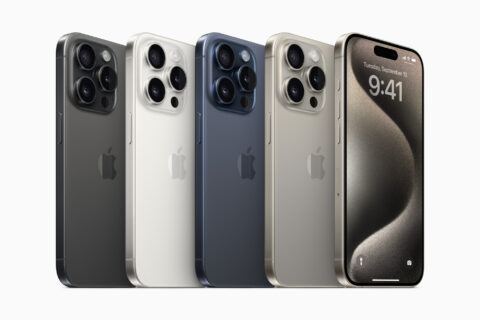
We’re not sure what makes a smartphone ‘Pro’. But the iPhone 15 Pro deserves that bit of its name more than any other. It retains what was great about its predecessor – an amazing display; surprisingly solid speakers; raw power – and ramps up yet more bits that matter.
High-speed USB-C enables high-end video and photography workflows, and allows connectivity to far more accessories. The Action button provides customization that can become surprisingly elaborate. The titanium case reduces weight. Being able to quickly switch between focal lengths in the main camera is superb. And the 5x zoom on the Pro Max (the Pro tops out at 3x) is fantastic, even if the extra weight and bulk is not.
All this comes at a high price, and a Pro (or Pro Max) will be overkill for many. But if you want the best iPhone – or just hanker after the best iPhone camera – this is the one to buy.
Pros: 5x Pro Max telephoto zoom; powerful; fast; Action button; always-on display
Cons: Drab colors; expensive; less powerful 3x zoom on the 15 Pro
iPhone 15/15 Plus
From $799/£799 • 6.1in/6.7in display • A16 Bionic • 128/256/512GB • Face ID • USB-C (USB 2 speeds) • dual-camera system
Best for: providing many ‘iPhone Pro’ good bits at a more affordable price
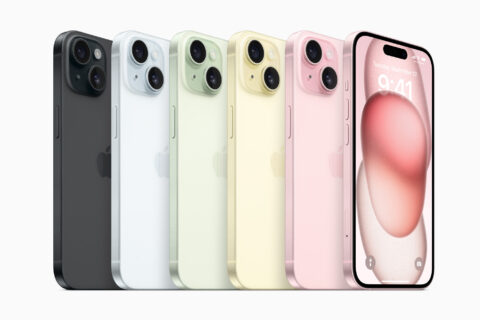
Elements that differentiate the iPhone Pro are absent from its cheaper sibling: the Action button; a 3x or 5x zoom; the always-on display; a fancy new A17 Pro chip. Yet the iPhone 15 still feels quite ‘pro’.
The camera system is a big step up from that of the 14. The 48MP main camera is technically marginally inferior to the 15 Pro’s, but not to the degree you’ll notice. The ability to snap 2x shots is welcome. Additionally, USB-C is slower than on the Pro but nonetheless positions this iPhone for the future rather than the past. And we can forgive the lack of always-on display now Dynamic Island has replaced the notch.
Like the iPhone 15 Pro, the 15 is not cheap. But it represents reasonable value, given the significant improvements over last year’s model. Recommended if you don’t need – or can’t afford – Apple’s flagship. Although if you want the bigger screen, do first try the Plus in the hand to see if you’re OK with the larger frame and extra weight.
Pros: Dynamic Island; 48MP main camera, 2x camera zoom; USB-C
Cons: USB-C is USB 2 speeds; no Action button; muted colors; getting pricey
iPhone 14/14 Plus
From $699/£699 • 6.1in/6.7in display • A15 Bionic • 128/256/512GB • Face ID • Lightning • dual camera system
Best for: pretending it doesn’t exist, to be perfectly honest
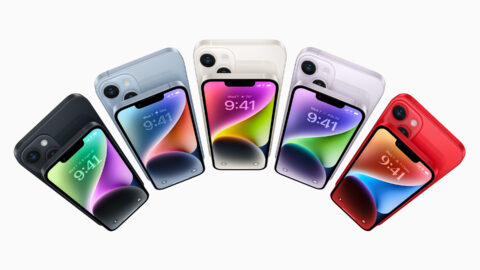
When the iPhone 14 arrived, Apple started saving its most powerful chip for Pro models only. And although the 14 is technically more performant than the 13 – also equipped with an A15 Bionic – due to having more RAM, there’s hardly a gulf between the two.
There are positives – meaningful and otherwise. The Photonic Engine can improve photos. This iPhone was the first with crash detection and Emergency SOS via satellite – and more safety features are always a good thing. Battery life is up over the iPhone 13. And the colors are our favorites of any iPhone still on sale.
However, such marginal gains over the 13 make it tough to recommend. Even if you fancy a bigger display and are considering this as the cheapest iPhone Plus (at from $799/£799), we’d strongly recommend figuring out if you can stretch to the extra hundred that’d net you the meaningfully superior iPhone 15 Plus instead.
Pros: Photonic Engine; great colors; improved video stabilization
Cons: Marginal upgrade over the 13; no telephoto lens; Lightning
iPhone 13
From $599/£599 • 6.1in display • A15 Bionic • 128/256/512GB • Face ID • Lightning • dual-camera system
Best for: a modern iPhone at a wallet-friendly price
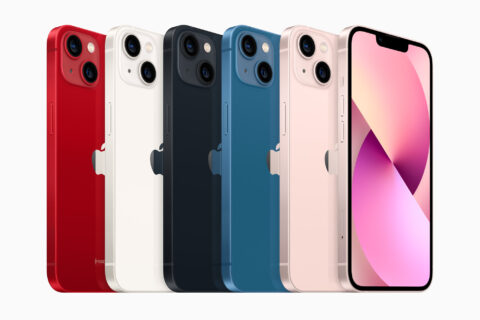
This one hits a sweet spot. At just over half the price of Apple’s flagship, you get quite a lot of phone, with a reasonable amount of modern tech.
Of course, a 2021 device has one foot in the past. You get Lightning, not USB-C. A notch, not Dynamic Island. A 12MP main camera rather than the 48MP found on the iPhone 15. But it does have Face ID, an almost all-screen display, MagSafe, ultra-wideband support, and Spatial Audio. And while the A15 chip is no longer cutting edge, it still has the clout to be a leading processor at this price point.
If money’s no object, go for the iPhone 15. But if you need something cheaper and aren’t keen on the relic that is the iPhone SE, the iPhone 13 is the best compromise.
Pros: Face ID; all-screen display; MagSafe; reasonably priced
Cons: No telephoto lens; Lightning
iPhone SE
From $429/£429 • 4.7in display • A15 Bionic • 64/128/256GB • Touch ID • Lightning • single camera system
Best for: when you want the most affordable, pocketable iPhone
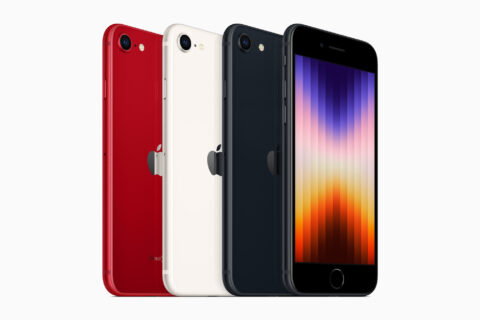
At a glance, this iPhone looks liked it’s beamed in from a different era. Because it kind of has. The SE is the spitting image of a 2017-vintage iPhone 8. That means huge bezels and a smallish display. In terms of tech, it lacks MagSafe, ultra-wideband support and Face ID. There’s only a single 12MP rear camera.
So is there a saving grace? Actually, there are a few. This iPhone is meaningfully cheaper than others in the line – and a lot smaller, which makes it ideal to stash in a pocket. If you prefer Touch ID over Face ID, it has that. But also, there’s an A15 chip inside. So you’re getting relatively modern innards – the processor essentially equals what’s in the 2022 iPhone 14 – in a phone that’s far cheaper.
Just make sure before buying one that you’re OK with the compromises. If not, go for the iPhone 13.
Pros: Affordable; small form factor; A15 chip
Cons: Single camera system; dated design; no MagSafe
